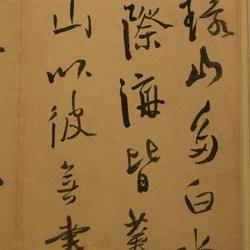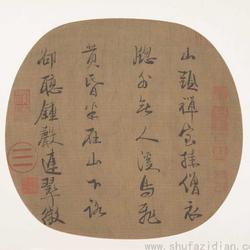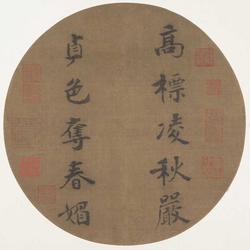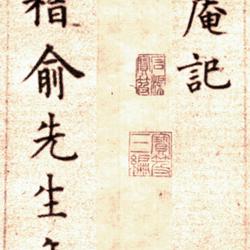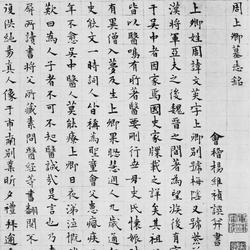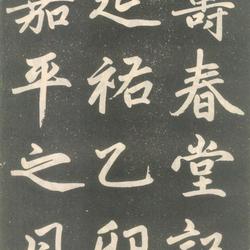Fu Shan was originally named Dingchen, with the courtesy name Zhuqing, and later changed his name to Shan, with the courtesy name Qingzhu and Renzhong. There are many nicknames, see Ding Baoquan's "Fu Shan Chronicle". Fu was born in the 35th year of Wanli in the Ming Dynasty (1607 AD). He died in the 23rd year of Emperor Kangxi's reign in the Qing Dynasty (AD 1684) at the age of seventy-eight ("Chronology of the Life and Deaths of Famous People in the Past" stated that he died at the age of eighty).
Fu Shan was an accomplished calligrapher in the early Qing Dynasty. His calligraphy was highly regarded by his contemporaries, and Zhao Qiugu hailed him as the best among contemporary calligraphers, with the reputation of being "bold and unruly, and escaping the unorthodox". Fu had copied Zhao Mengfu in his early years, and later changed to study Wang Zhenjin. Although he wanted to establish his own school during the Shunzhi period, it was difficult to get rid of Wang's influence. When he wrote this book, Fu was fifty-three years old, in his prime. In the appendix, he referred to himself as "an old man". However, as far as his calligraphy itself is concerned, his calligraphy had matured and formed his own style. special style.
Fu Shan's "Danfeng Pavilion", there are two types of this post, and the original version has a total of eight boards. The first seven boards have seven lines each, and the last board has eight lines. Hidden in Shanxi Provincial Museum; copy, kept in Liaoning Museum.
Fu's calligraphy strokes in this volume are powerful and flying, impressive, upright, strong, and continuous. The straight and straight parts are like spears and halberds, and boulders are flying into the sky; the continuous parts are like iron wrapped in cotton, combining hardness and softness. Cursive script is difficult to take advantage of, and even more difficult to turn danger into safety, and it is easy to float and flow smoothly, while Fu's brushstrokes are calm, moving and precise. The ink in this volume is vertical and horizontal, and it penetrates the back of the paper. It is really not easy, and you can get a glimpse of the author's skill.
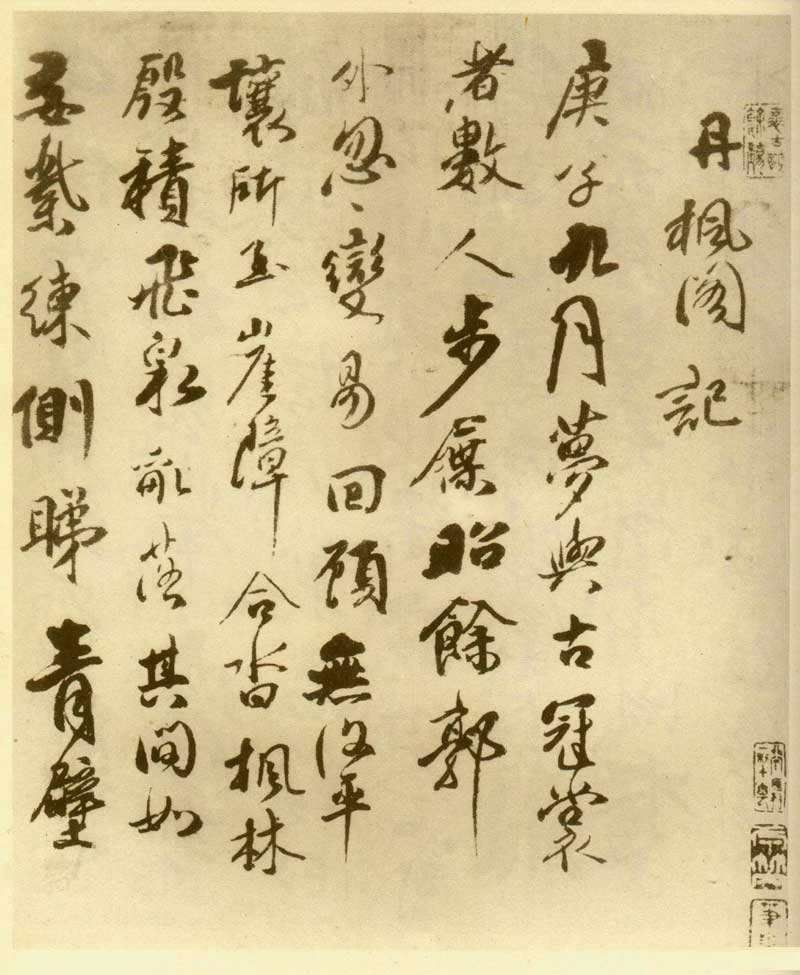
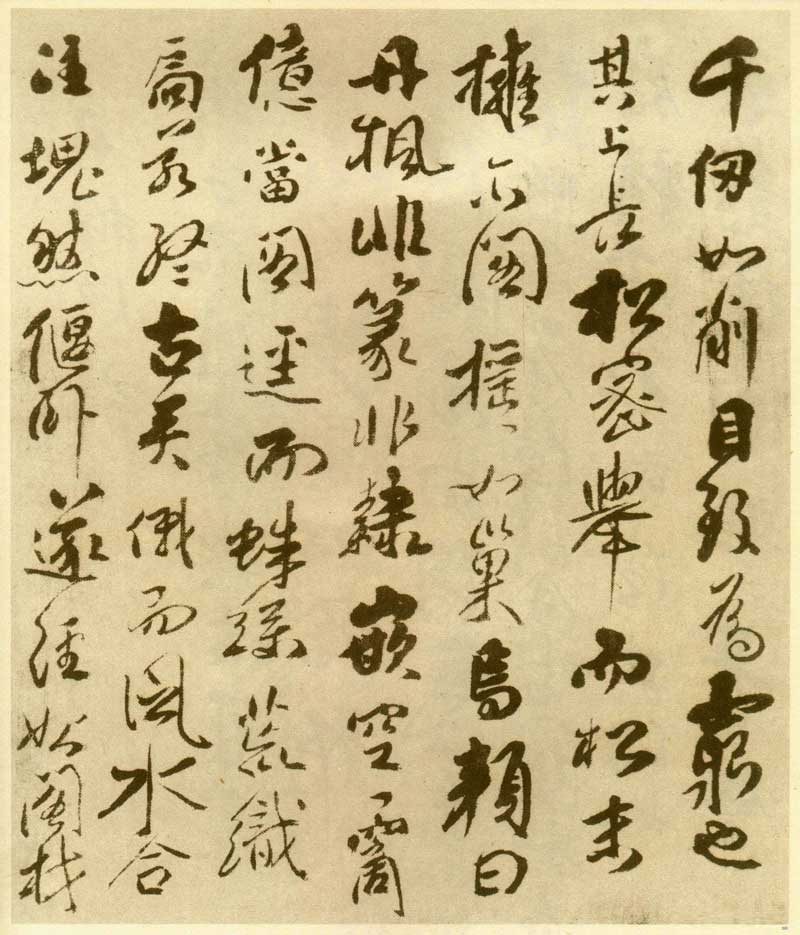
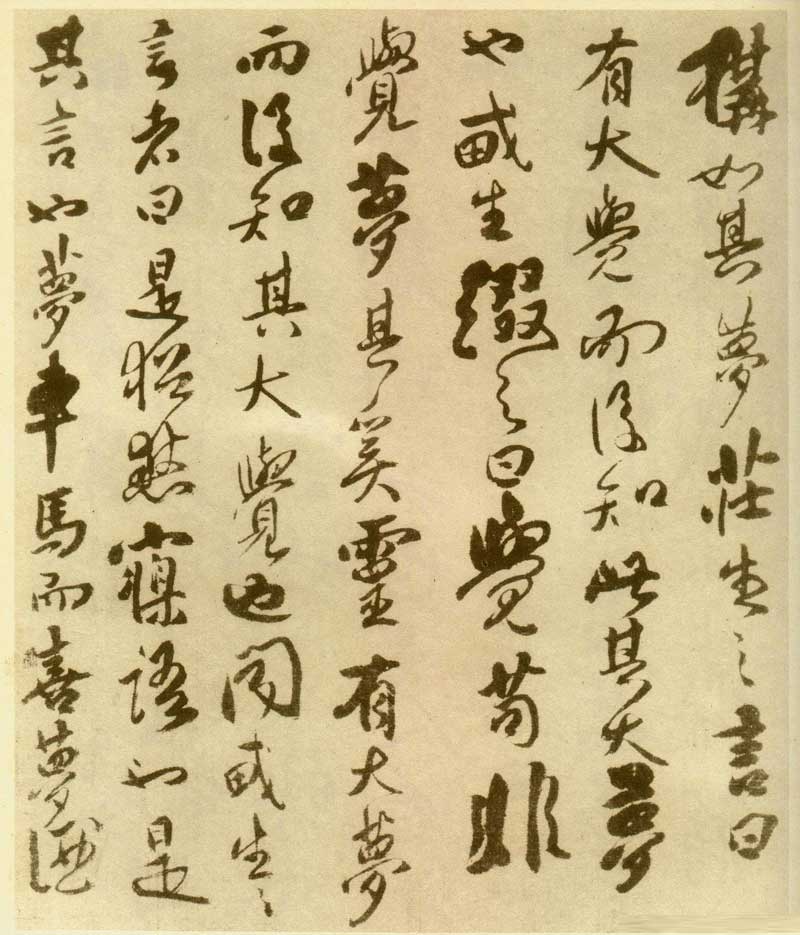
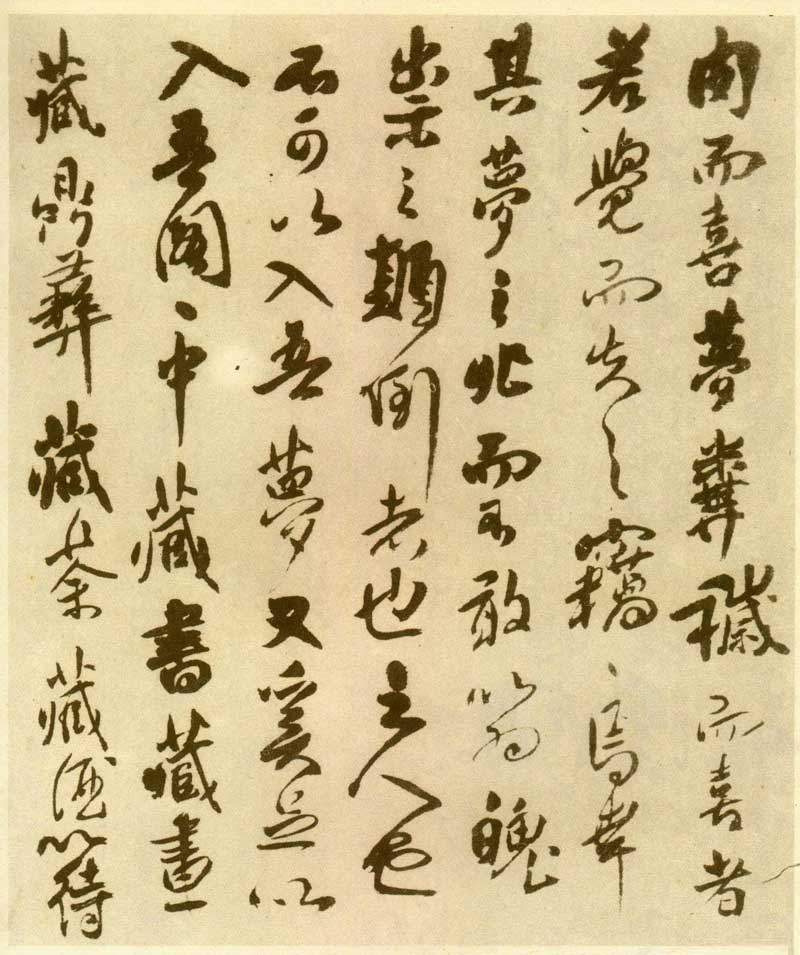
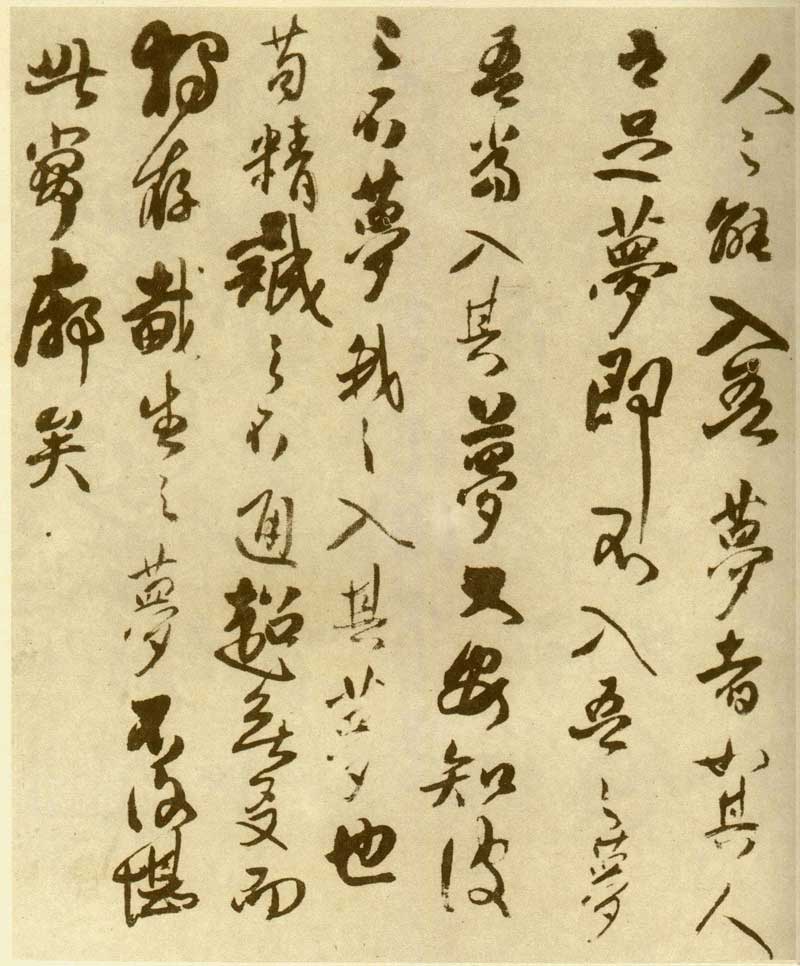
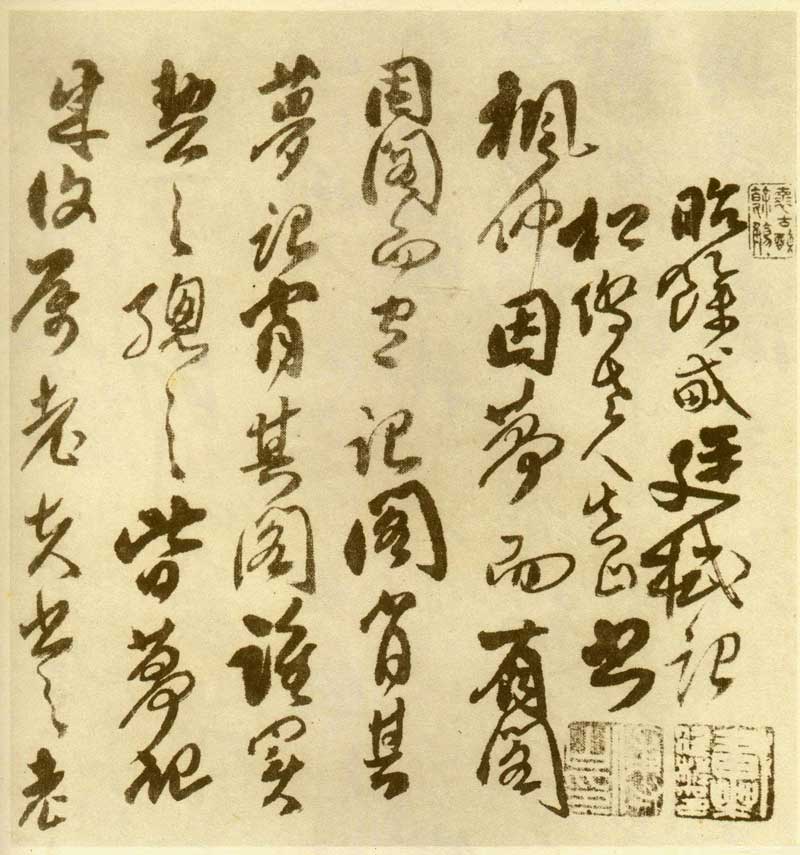
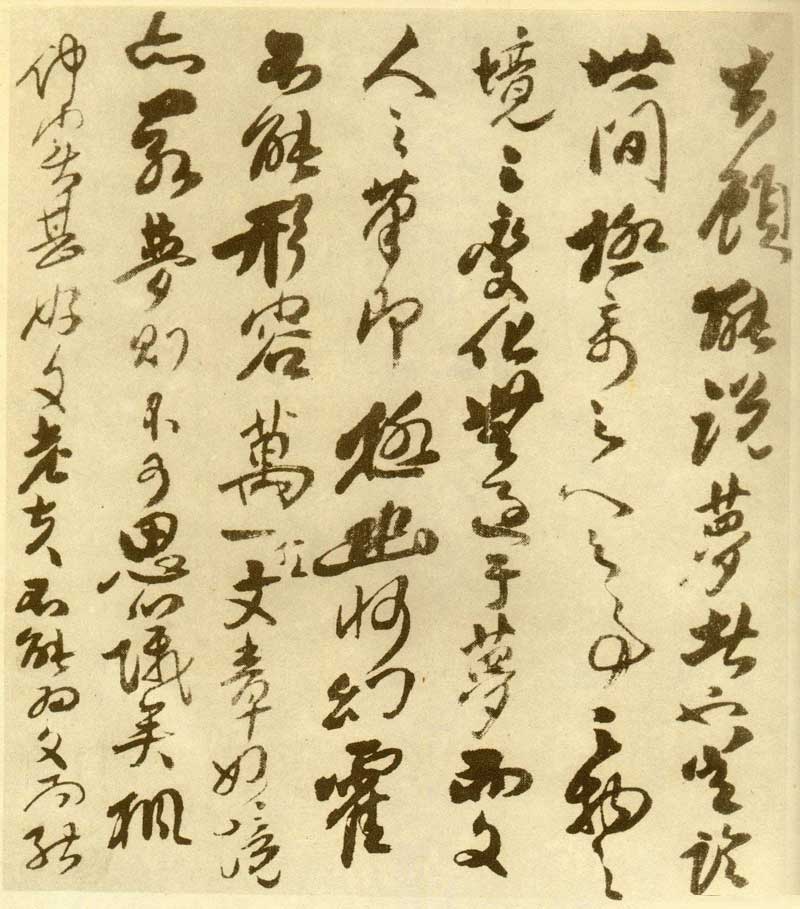
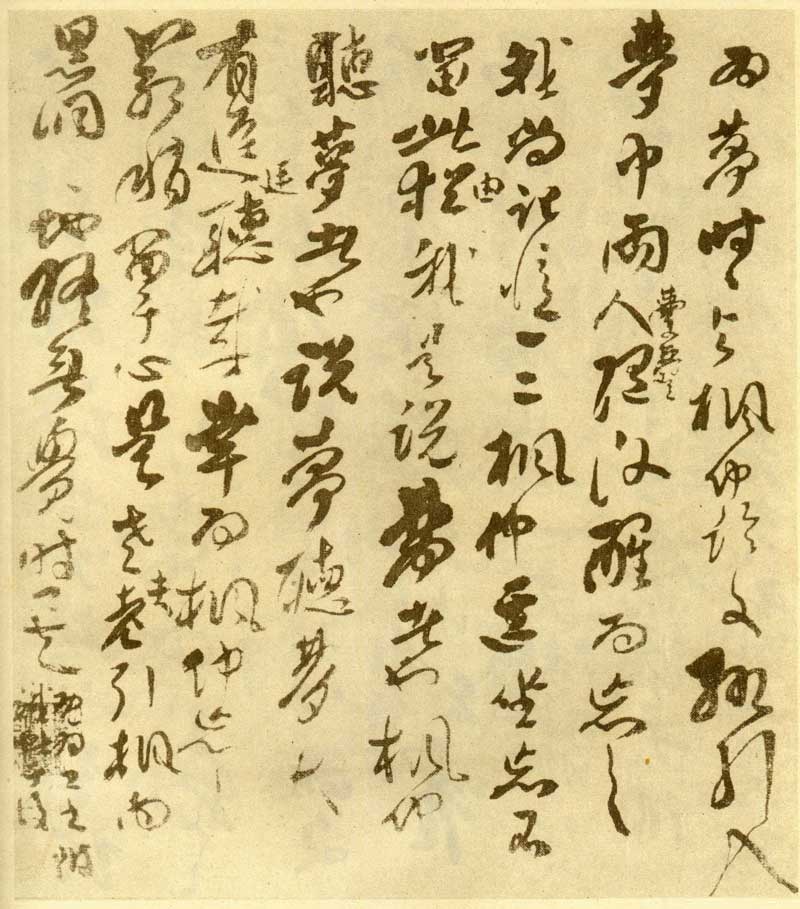
Fu Shan's "Danfeng Pavilion", yellow silk, about 24.5×13.5cm×8, collected by Shanxi Provincial Museum
"The Story of Danfeng Pavilion" is written by Dai Tingshi, a good friend of Fu Shan. "In the ninth month of Gengzi, I dreamed of several people from Zhan Guanchang walking outside Guo Zhao Yu Guo." He saw "a pavilion at the end of the pines, shaking like a nest. Yan said Danfeng "After that, after starting the pavilion materials, he asked for the dream of building the pavilion and gave it a note. After writing the note, I asked Fu Shan to write it down, and Fu Shan wrote a postscript at the back of the book. Listening to Dreams and Talking about Dreams, which is eloquent and eloquent, leaving this masterpiece of art comparable to Wang Xizhi's "Orchid Pavilion Preface" and Yan Zhenqing's "Manuscript of Memorials to My Nephew".
Regarding the time when this article was written, the "Qing Fu Shan Shu Dan Feng Pavilion" published by the Cultural Relics Publishing House concluded that it was fifty-three years old based on the collection of the Liaoning Museum, which may not be accurate. The first sentence of Dai Fengzhong's "Danfeng Pavilion" says: "In the ninth month of Gengzi, I dreamed of several people wearing ancient crowns." Gengzi here was in the seventeenth year of Shunzhi (1660), when Fu Shan was fifty-four years old. Fu Shan's postscript "Danfeng Pavilion Records" says: "Feng Zhong has a pavilion because of his dream, and he has a record because of the pavilion." Therefore, the record must be after the dream. So, when was Fu Shan's "Danfeng Pavilion" written? There is a "Letter to Dai Fengzha" in Volume 27 of "The Complete Book of Fu Shan" which seems to be used as circumstantial evidence. Zha Yun: "Based on the current situation, my brother cannot go out, and there is no need to go out. Li Ji Laoshi from the Eastern Province has a letter asking me to travel east, and I immediately follow his appointment, but it seems to be in vain. During Song Shao's trip, my brother I also want to avoid this rush. I plan to leave on the third day of the Lunar New Year, but I need to borrow a good animal. A servant will support the upper and lower ears of the old man. He has an ax and does not work as a broker, which can greatly forgive my brother's expenses for not being able to do it for days. Brother, I'm sorry. How can we bear it? How can we bear it? "The Fengge Ji" was written down immediately, and the people who sent the animals paid it as soon as they arrived. "This mountain is in Henan. "Feng Ban Ji" should be "Dan Feng Pavilion Ji". Fu Shan went to the mountain to collect poems to prove it. Fu Shan's poem "Lian Gun came to Mount Dai to visit the Holy Forest and converted to Yin to write this teaching" begins with the following line: "You are fifteen years old today, and you are the only one who has a great importance for Xiao Ding." You refer to Lian Su. Liansu, the grandson of Fu Shan, was born in Dingyou, the 14th year of Shunzhi (1657). Shunfu was born at the age of 15 in the 10th year of Kangxi's reign (1671). According to Luo Zhenyu's Chronicle of Fu Shan, in the late spring and early summer of the 10th year of Kangxi's reign, Fu Shan climbed Mount Dai and paid a visit to Confucius, accompanied by Sun Liansu. It is known that Fu Shan traveled eastward in the 10th year of Emperor Kangxi's reign. Fu Shan's "Zhongzha with Dai Feng" was probably written before his eastward journey, that is, in the spring of the 10th year of Kangxi's reign. "Danfeng Pavilion" was also written at this time, when Fu Shan was sixty-five years old.
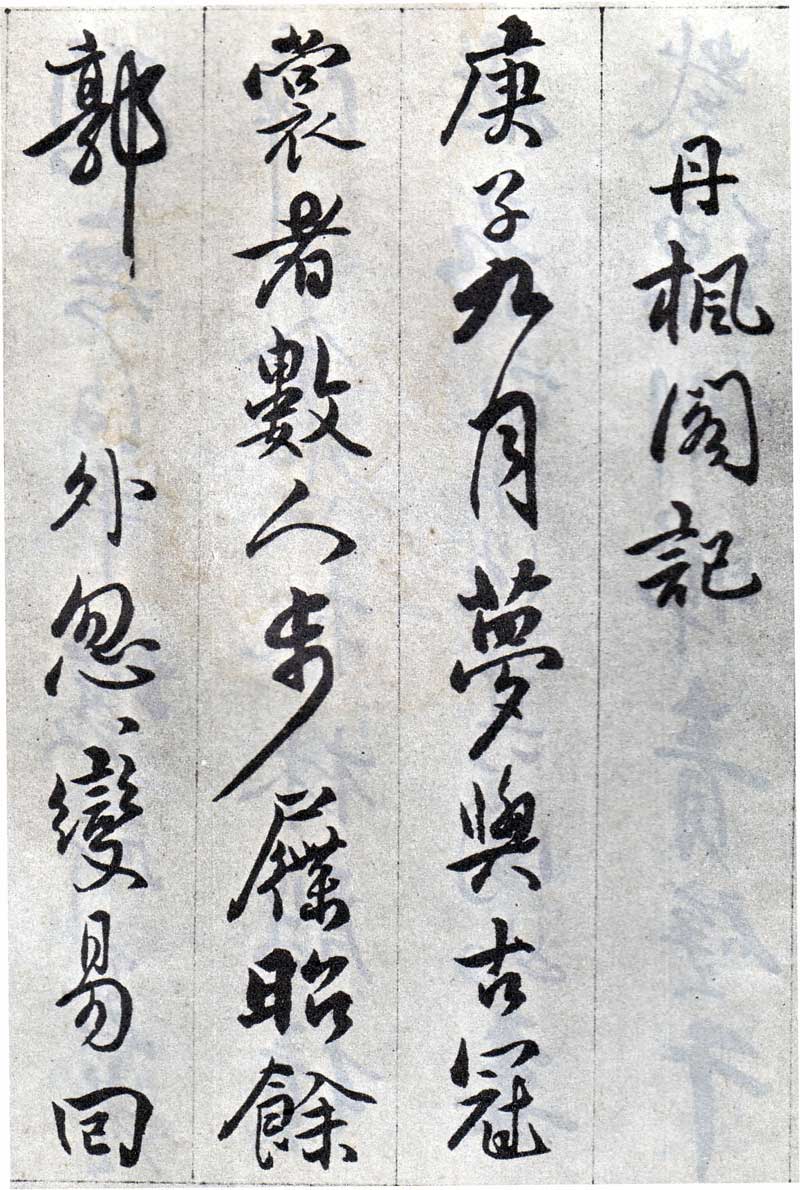
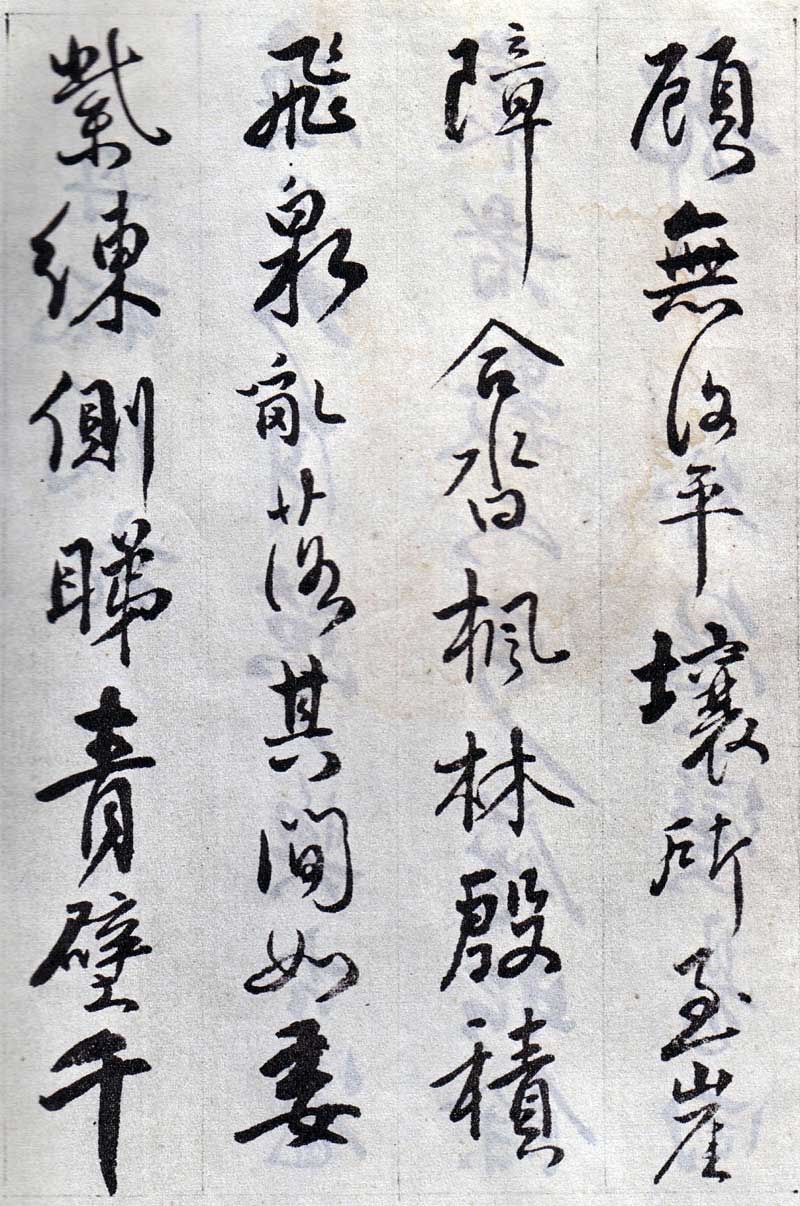
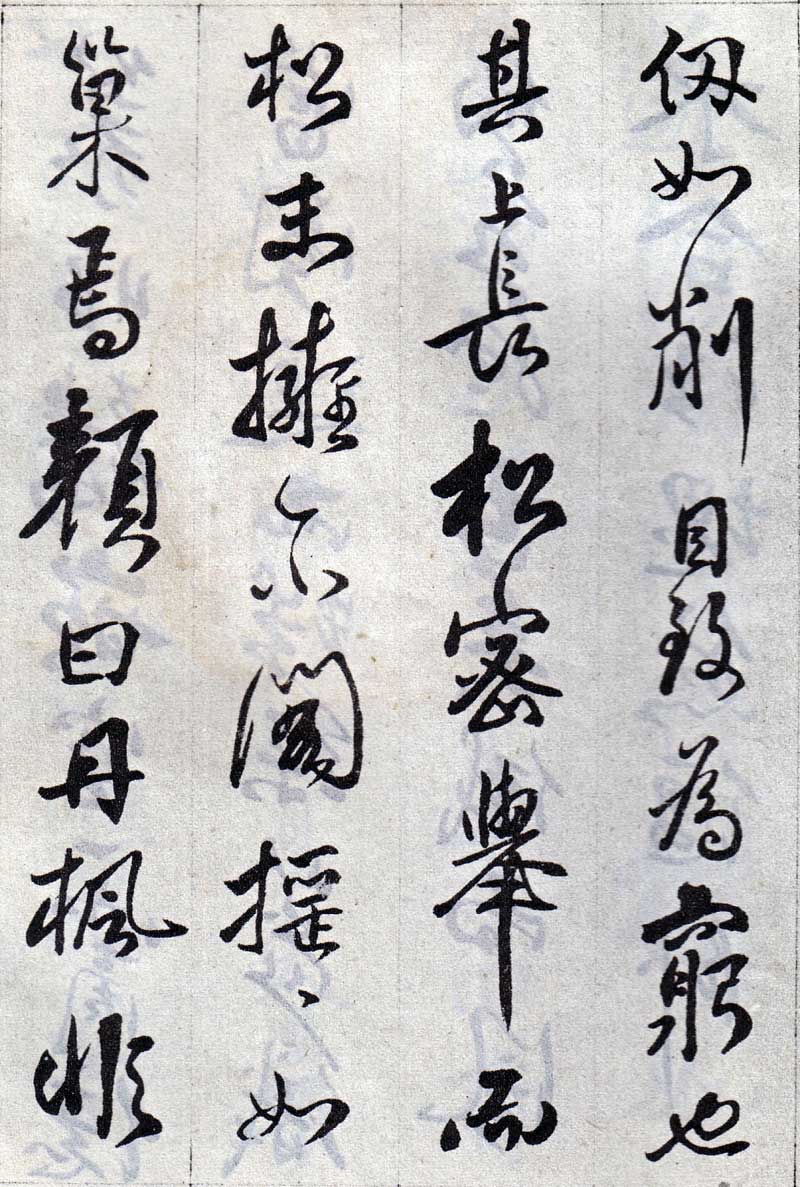
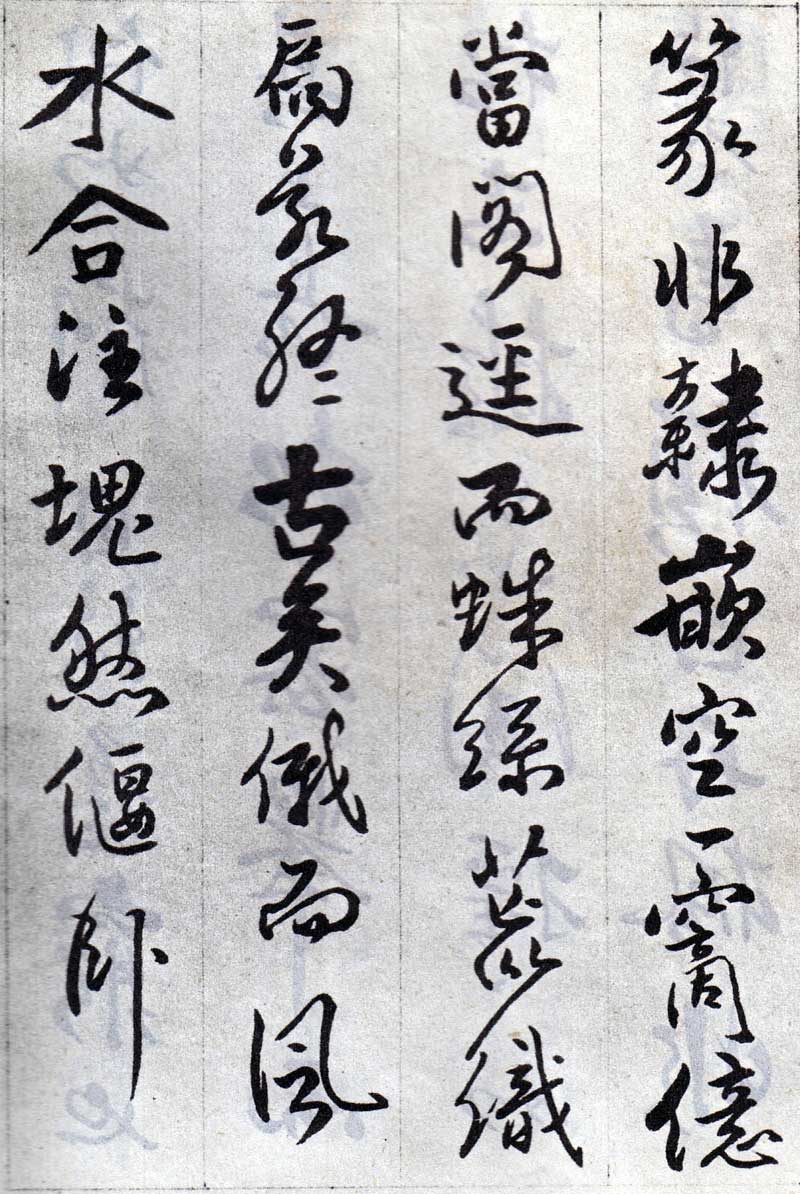
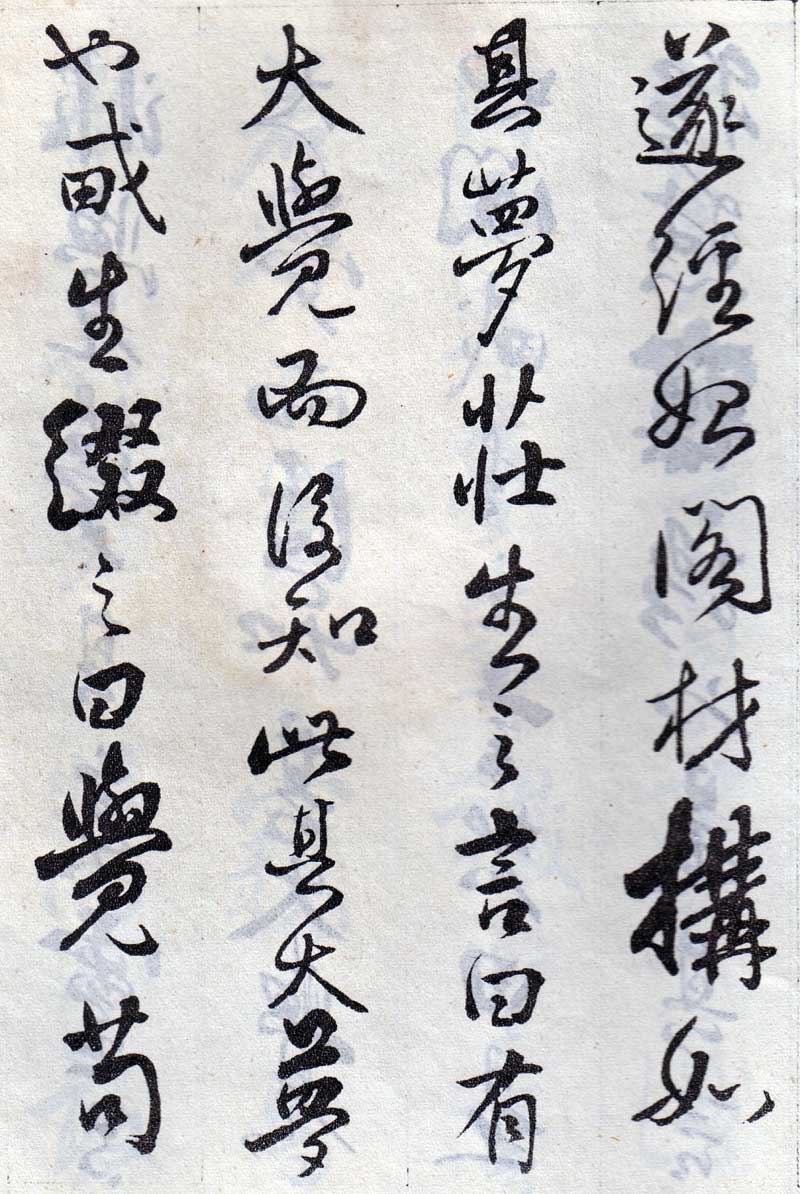
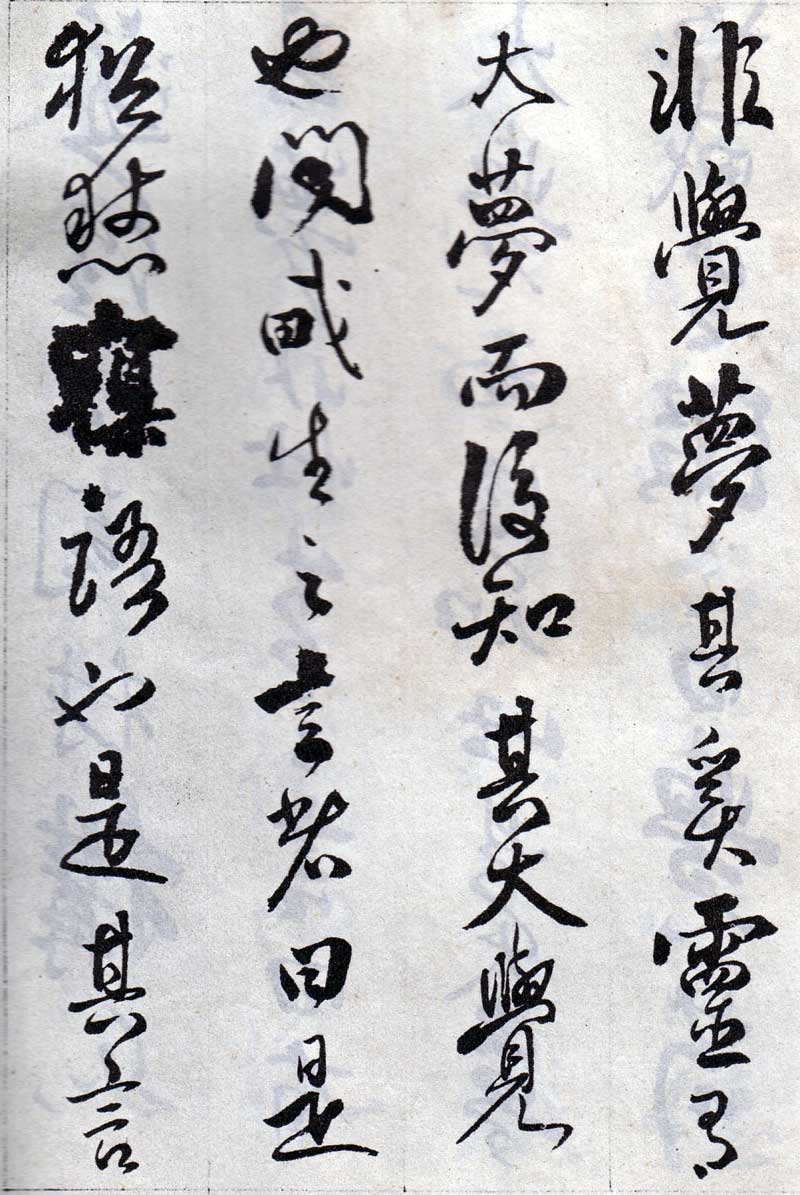
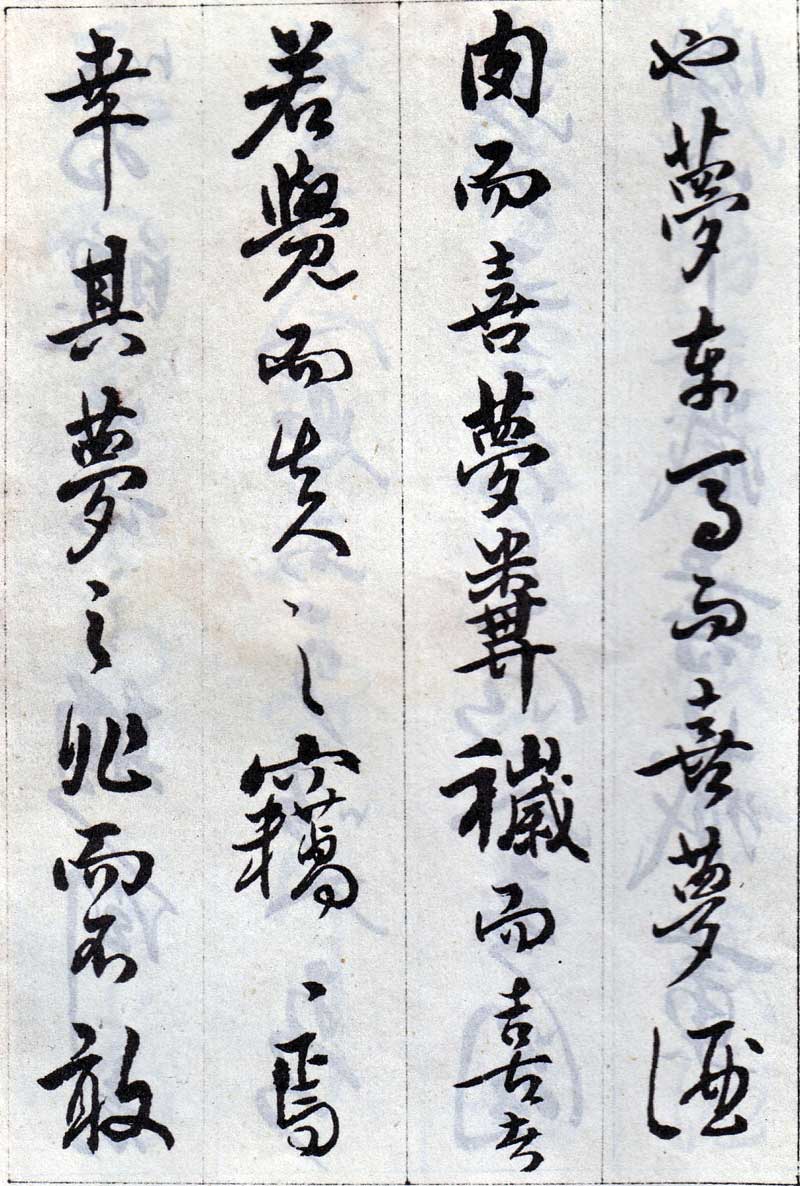
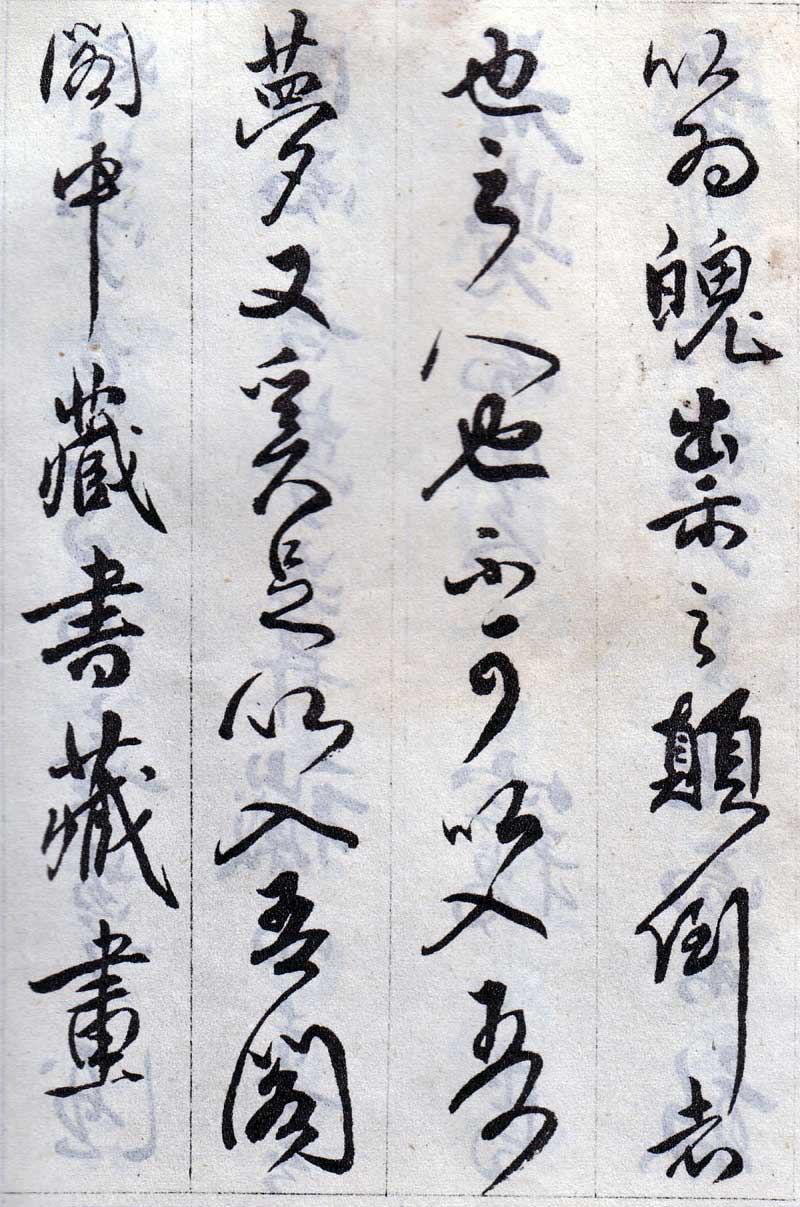
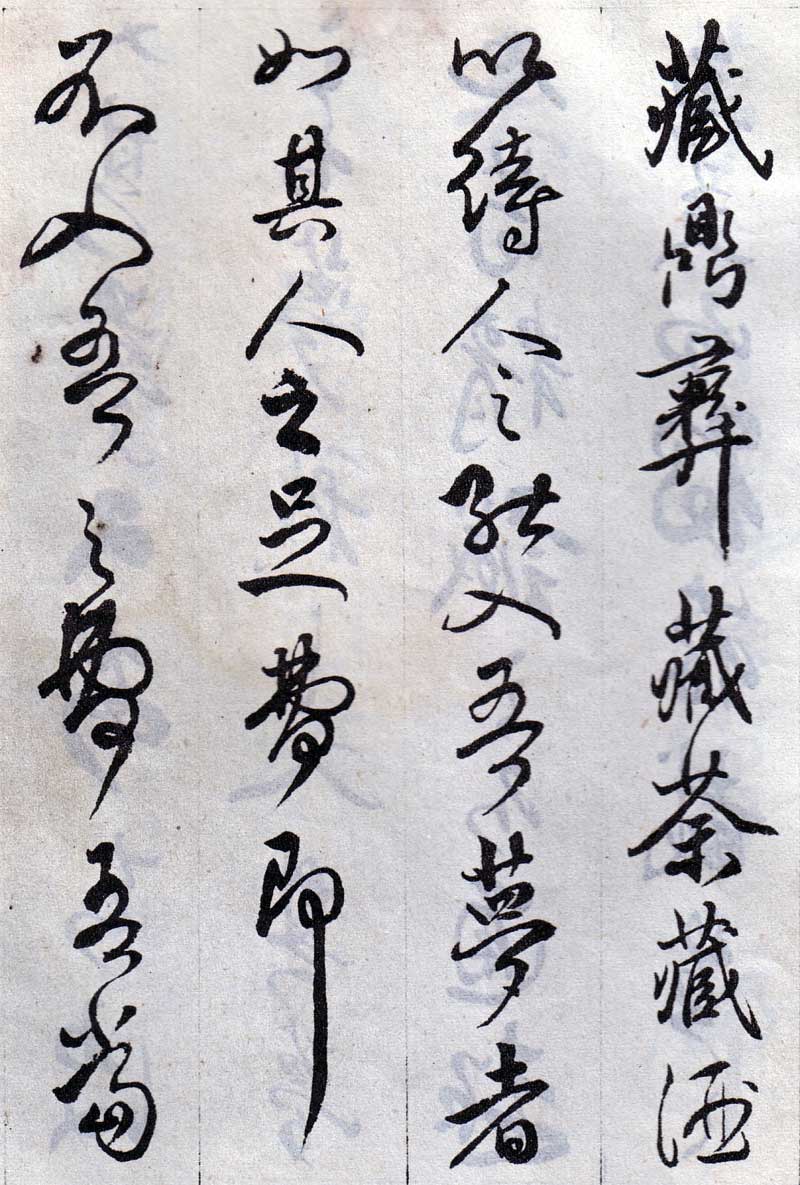
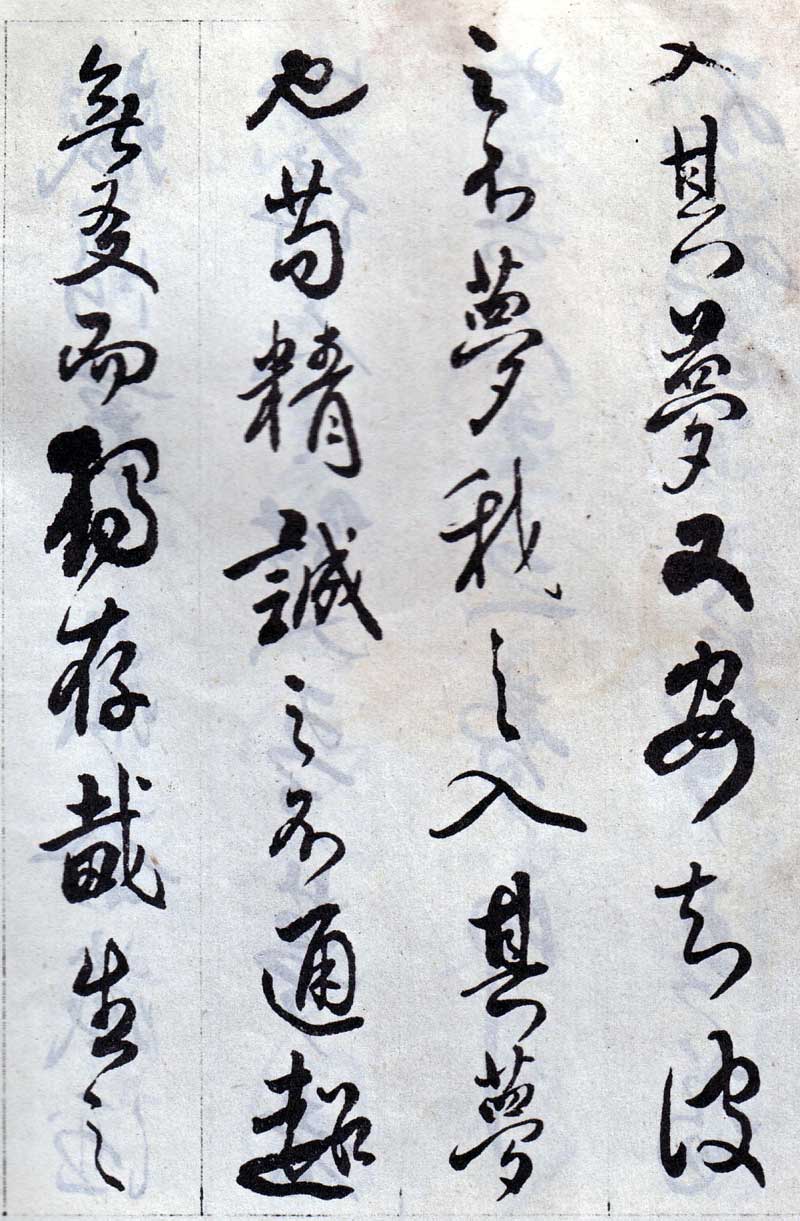
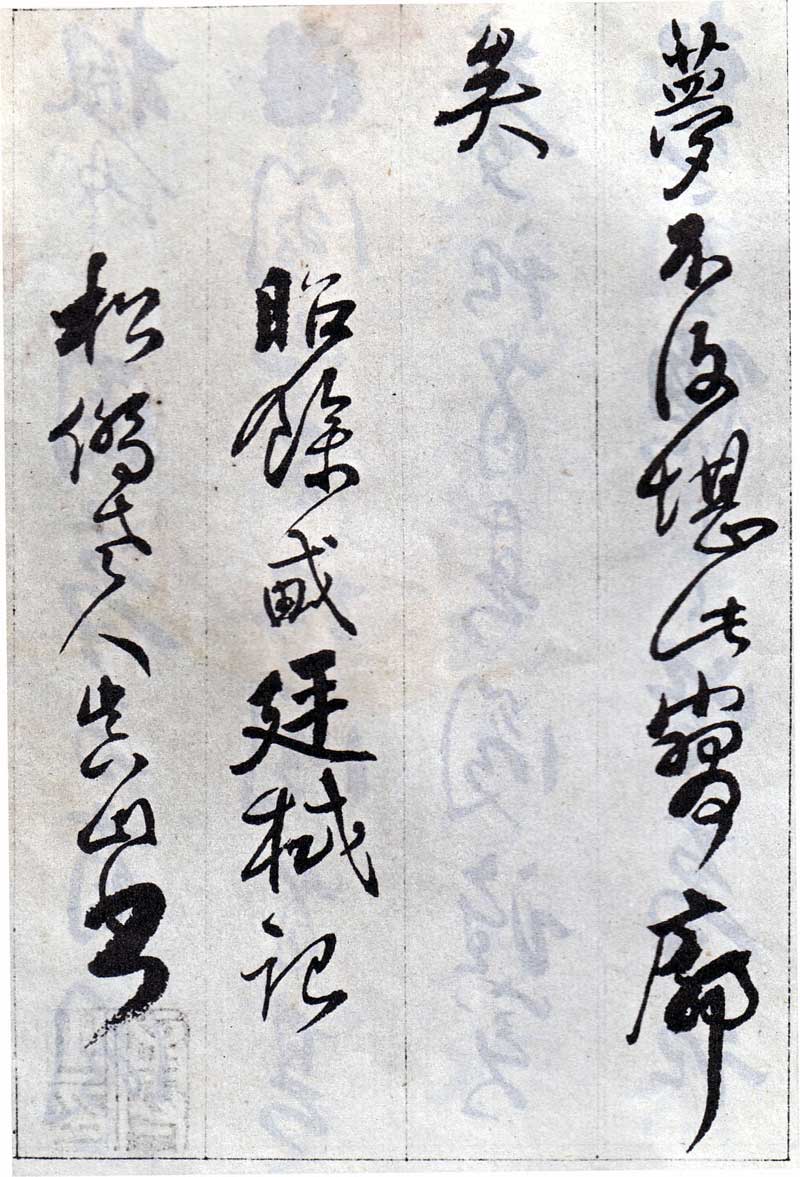
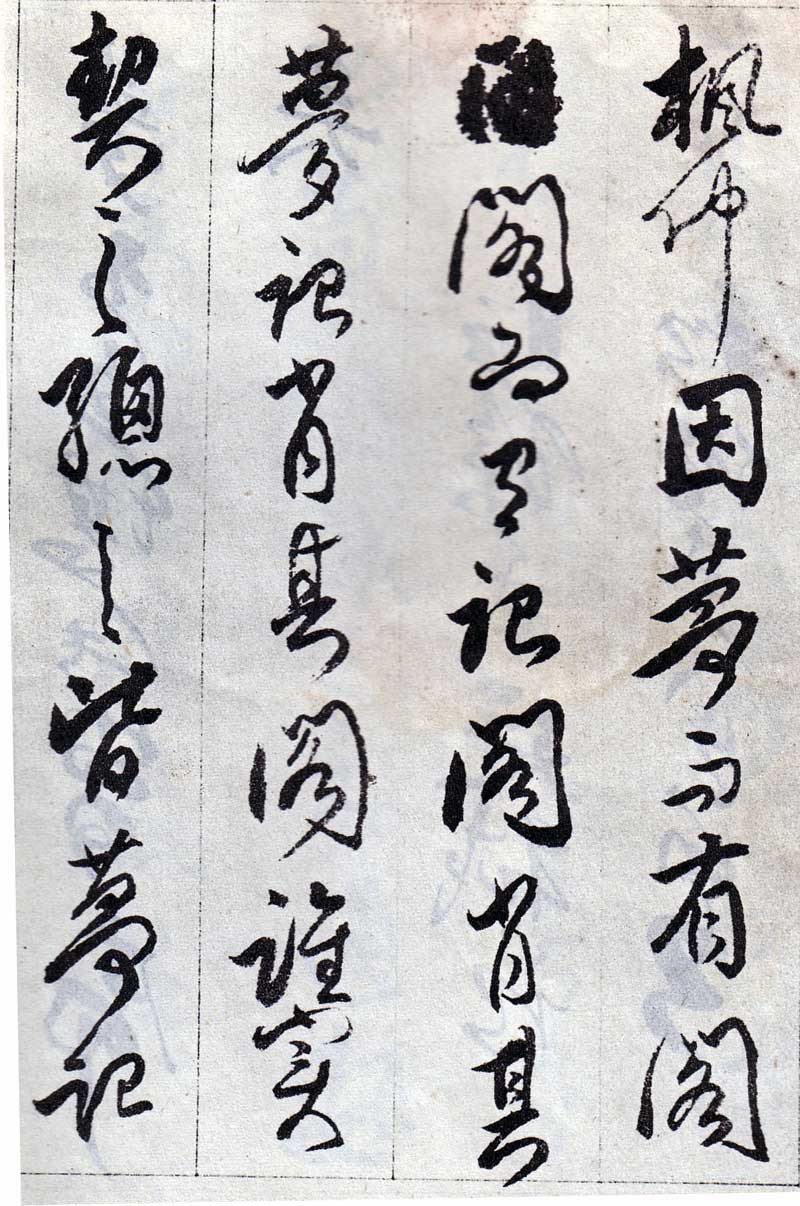
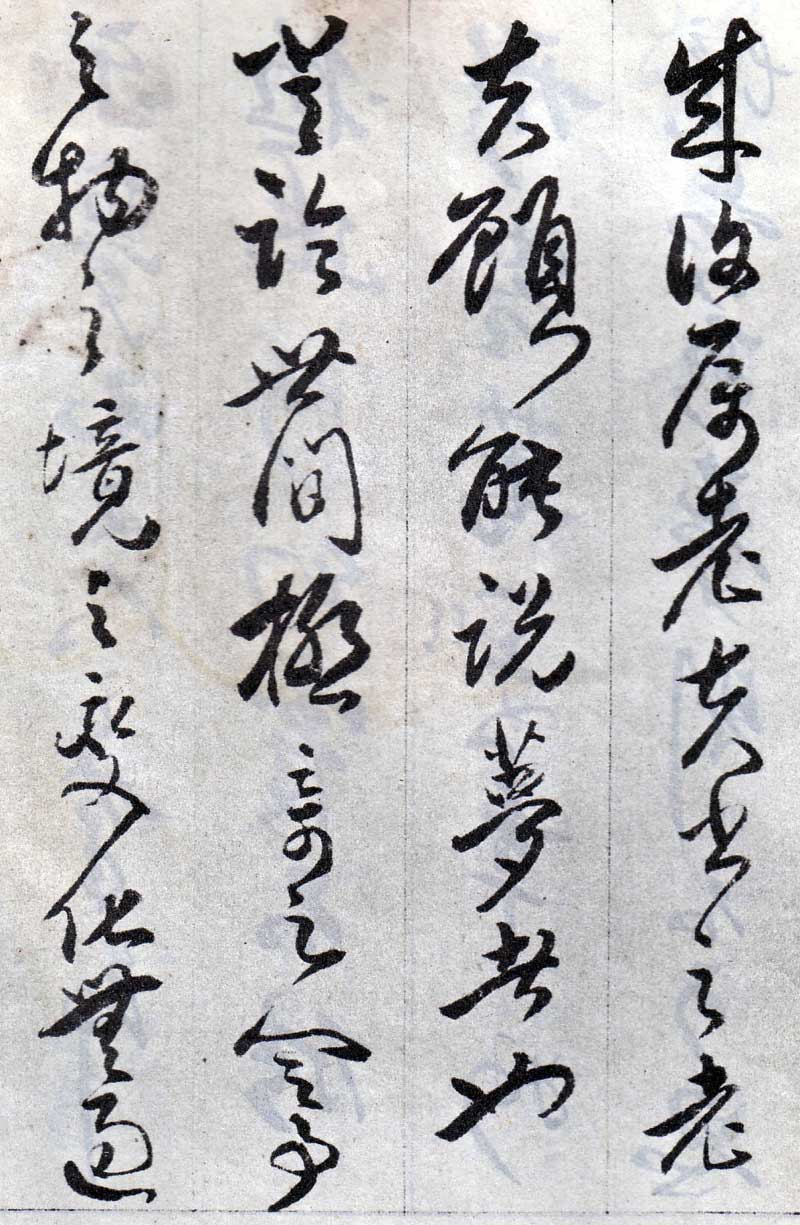
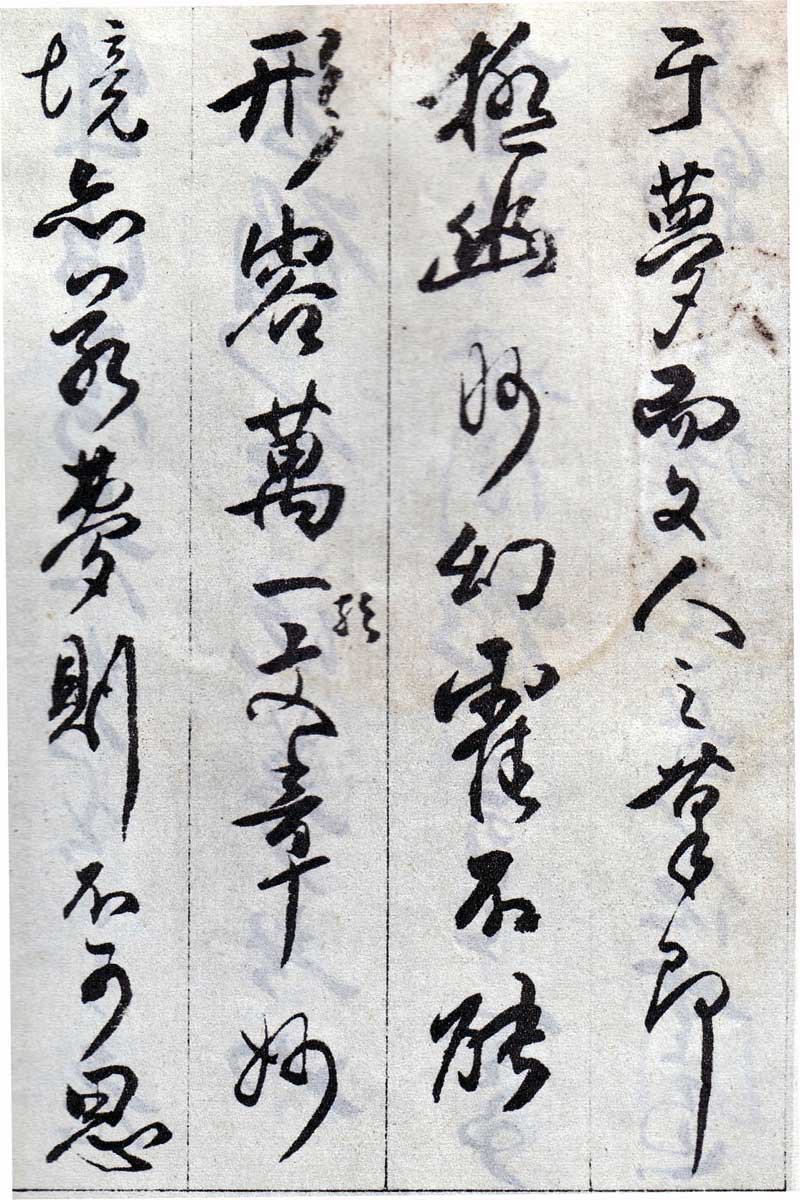
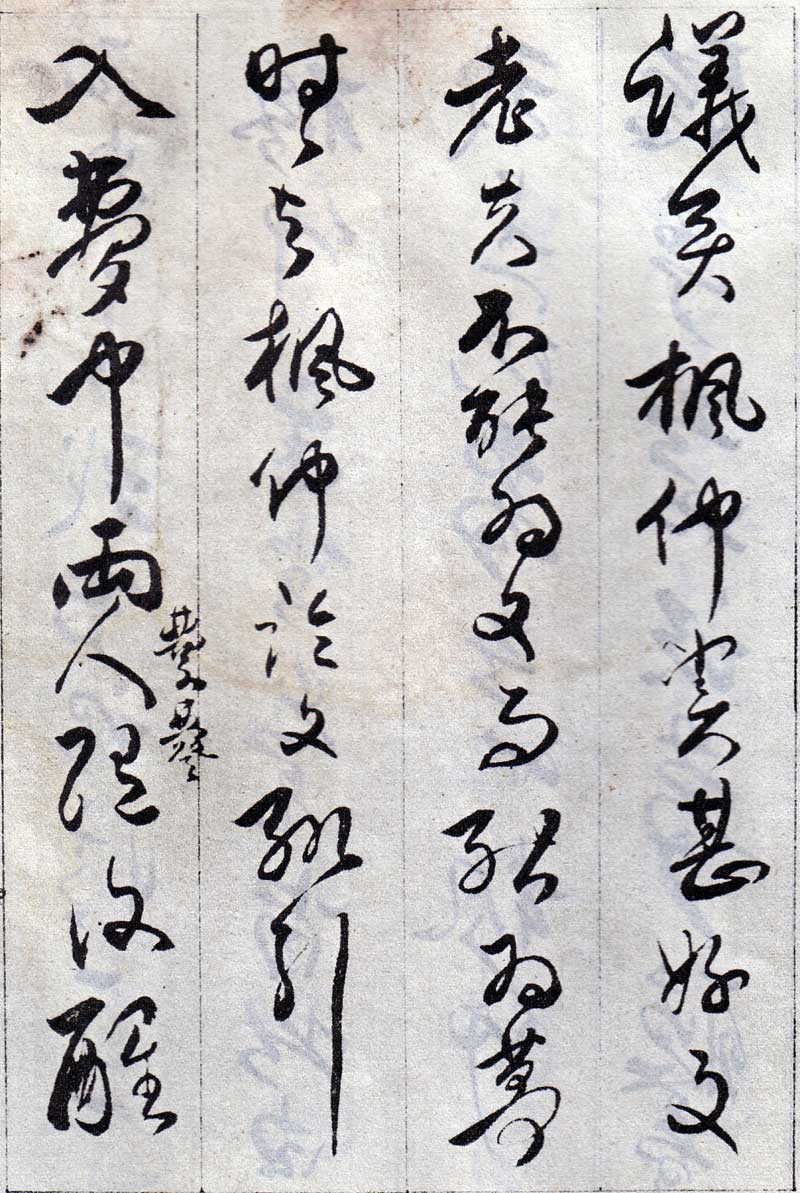
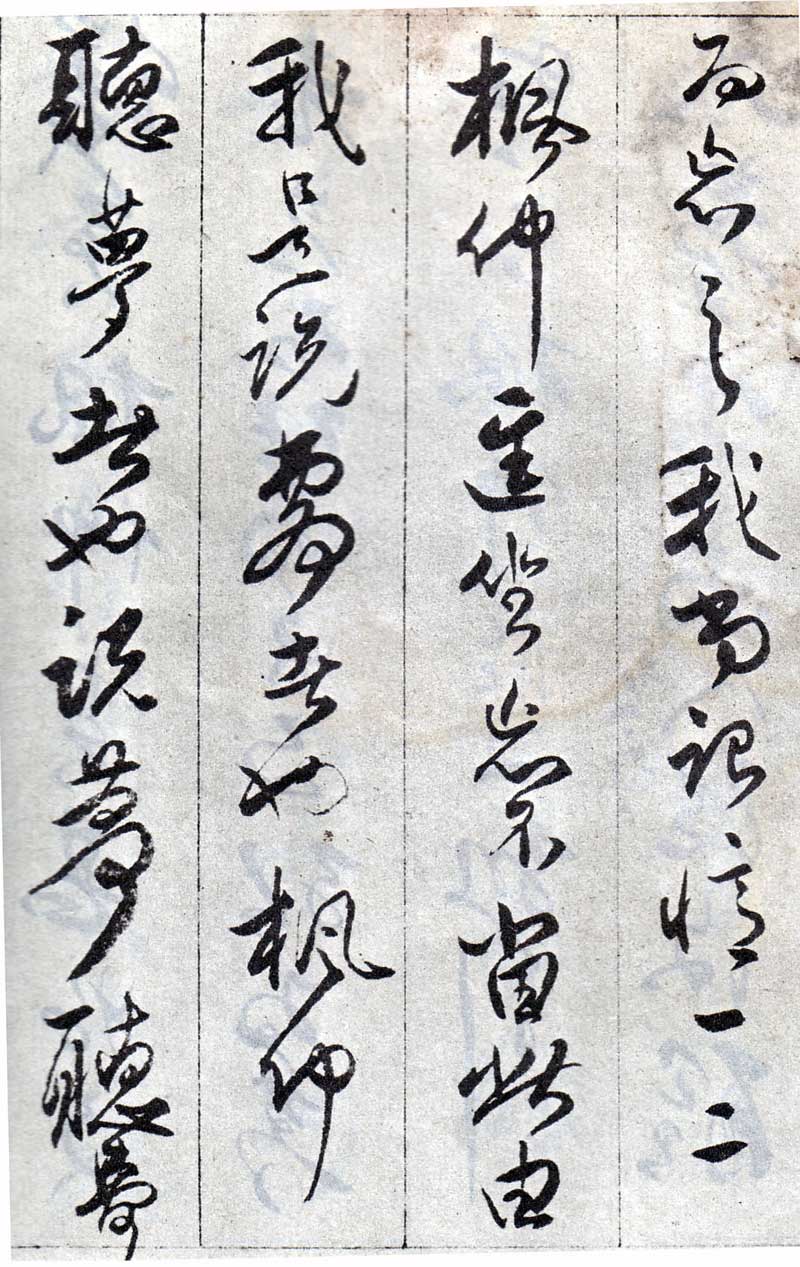
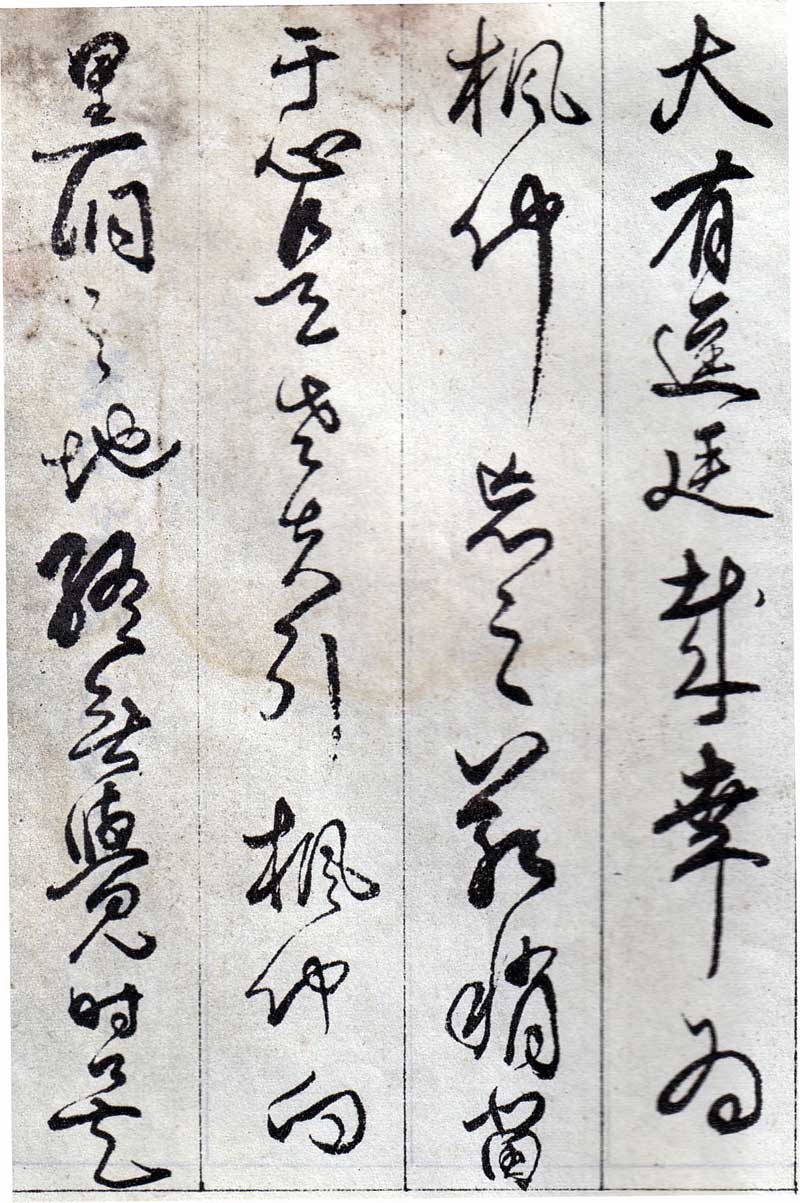
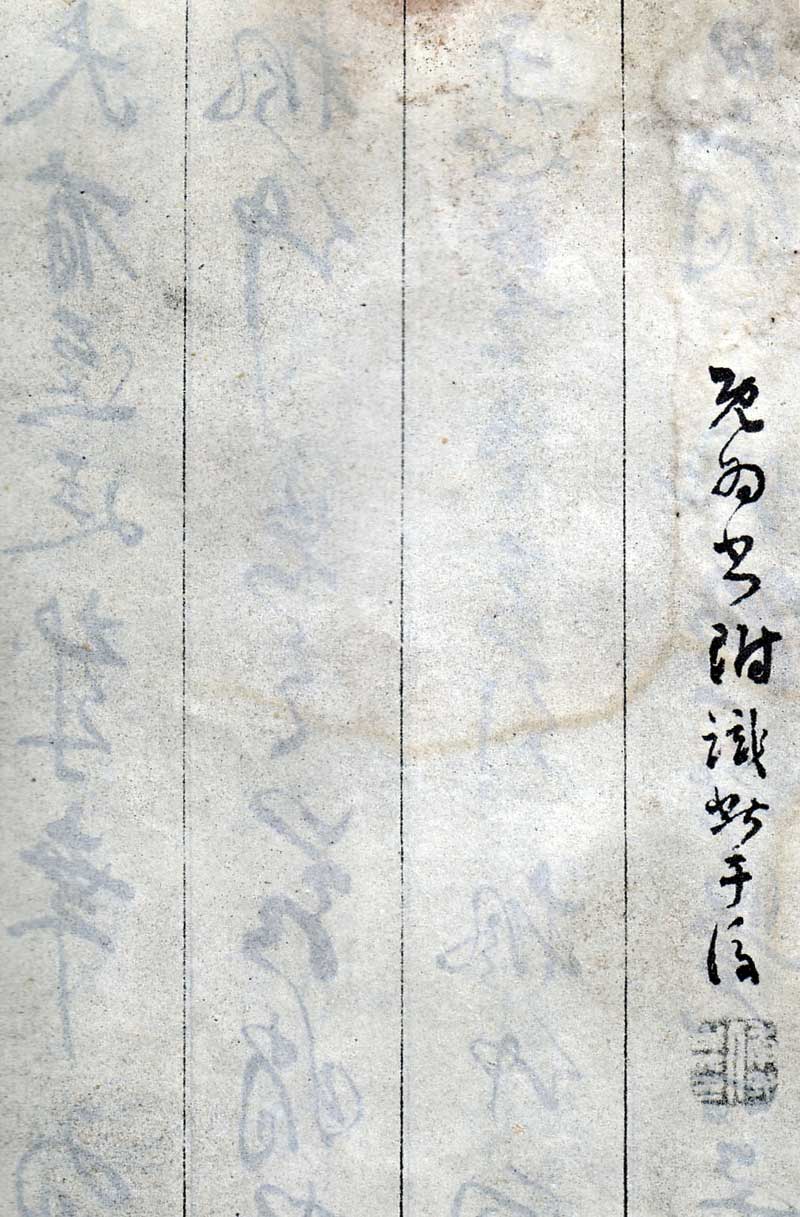
Fu Shan's "Danfeng Pavilion" copy, collected by Liaoning Provincial Museum
Explanation of "Danfeng Pavilion"
In the ninth month of Gengzi, several people with ancient crowns and clothes in their dreams walked outside Guo Zhaoyu. Things suddenly change, and Pyongyang is no longer restored. Wherever you go, there are piles of cliffs, maple trees, and flying springs. It's like standing on a purple cliff. Looking sideways at the green wall, thousands of people are as if they were shaved off, and the eyes are so poor. There are long and dense pine trees on it, and the pine ends support a pavilion, which is shaking like a nest. The name is Danfeng, which is neither seal nor official. There is a window embedded in the sky, which is the path of the pavilion, and the spider silk is woven wildly, as if it has been in ancient times. Er Feng Shui lives together, but he lies down. Then the materials of the pavilion were discovered, and the structure was like a dream. Zhuang Sheng said: Once you have great enlightenment, you will realize that this is a great dream. Dai Shengzhui said: If you are awakened but not awakened, your dream will make you laugh? If you have a great dream, you will know that you are awakened. Those who heard Dai Sheng's words said: "This is just like talking while sleeping in a state of worry." This is what he said: If you dream of carriages and horses and you are happy, you dream of wine and meat and you are happy, and you dream of filth and excrement and you are happy, if you realize it and lose it, you will be lucky to have the omen of your dream, but you will not dare to think that it is a sign of evil spirits. As for entering, you are not allowed to enter Ding Yi, Tibetan tea, or Tibetan wine, just to treat others who can enter my dream. Just like the other person's dream, he will not enter my dream. I should enter his dream, knowing that he will not dream and I will enter his dream. Gou Jingcheng is incomprehensible and exists alone beyond nothingness. Dai Sheng's dream is no longer worthy of such a brief outline.
Zhaoyu Dai Tingshi's notes, Songqiao old man Zhenshan's book.
Feng Zhong has a pavilion because of his dream, and he has a memory because of the pavilion. The pavilion is like his dream, and his memory is like his pavilion. Whoever actually agrees with it, in short, it is all a dream. After the record is completed, it belongs to the old man's book. The old man is also a dreamer. To describe the most amazing people, events, objects, situations, and changes in the world, it is nothing more than a dream, and the literati's pen is so subtle and illusory that it cannot be described. However, the beauty of the article is also like a dream and inconceivable. Feng Zhong is really good at writing. I can't write it, but I can dream it. From time to time, I would write essays with Feng Zhong, and often fall into dreams. The two of them would fall in love, and then wake up and forget about it. I still have a few memories, but I can't forget them even when I sit on Feng Zhongjing. Therefore, I am talking about the dreamer, and Fengzhong is also the one who listens to the dream. Talking about dreams and listening to dreams are very different. Fortunately, Feng Zhong forgot about it. If he kept it in mind, I would have led Feng Zhong into the dark hole and finally lost consciousness.

